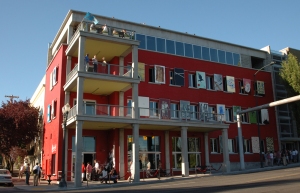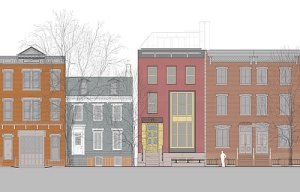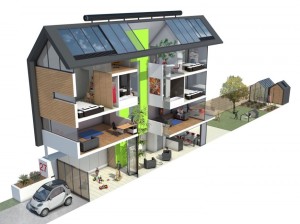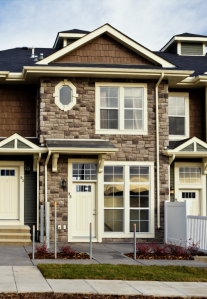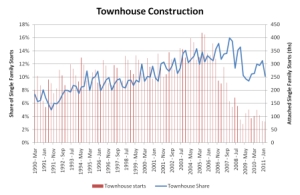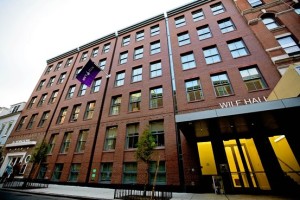 The Edmonton Journal has a series of articles called "Living on the Edge" about the region's newer neighborhoods, and the articles frequently deal with making the suburbs more urban, with density, transit, culture, etc. For example, an article about townhouses in the suburbs, why they happen, and what it is like to live in them, by Elise Stolte:
"Steven Dollansky's new suburban front yard has just enough space for two wooden recliners and a tomato plant. Dollansky drinks coffee out there every morning, and already knows half a dozen neighbours by name since he moved in six months ago, but double walls mean he never hears his neighbours. The townhouse just made sense 'when it came down to getting the best value,' said Dollansky.
The Edmonton Journal has a series of articles called "Living on the Edge" about the region's newer neighborhoods, and the articles frequently deal with making the suburbs more urban, with density, transit, culture, etc. For example, an article about townhouses in the suburbs, why they happen, and what it is like to live in them, by Elise Stolte:
"Steven Dollansky's new suburban front yard has just enough space for two wooden recliners and a tomato plant. Dollansky drinks coffee out there every morning, and already knows half a dozen neighbours by name since he moved in six months ago, but double walls mean he never hears his neighbours. The townhouse just made sense 'when it came down to getting the best value,' said Dollansky.
"Developers say the need for affordable entry-level houses is changing the density of suburban neighbourhoods far quicker than targets imposed last December by the provincially mandated Capital Region Board. The board issued mandatory minimum density targets of 30 to 45 homes per net residential hectare for most of the city, advocating for more efficient use of land.
"The density near their townhouse is already supporting a Mac’s store with a post office. There’s lots of foot traffic as people walk dogs and bike to the schoolyard nearby. New residents hope a coffee shop moves in, too, with other small businesses when the townhouse complex is finished." Full article here.
In a related blog post, Stolte asks: "The big question is how does Edmonton increase density to use land more efficiently. The little questions are, do you own the land your house is on? When is it so dense I hear my neighbour snore? And do I have enough room for a couple tomato plants? Were you worried about having good neighbours? At least those are my questions.
"Basically, I want to know, what’s it like to live in a row house (or fourplex, triplex, or duplex)? If you live in a house like this – or if you know a friend who lives in a house like this and would be willing to chat – please contact me. As always, I’m at livingedge at edmontonjournal dot com."



